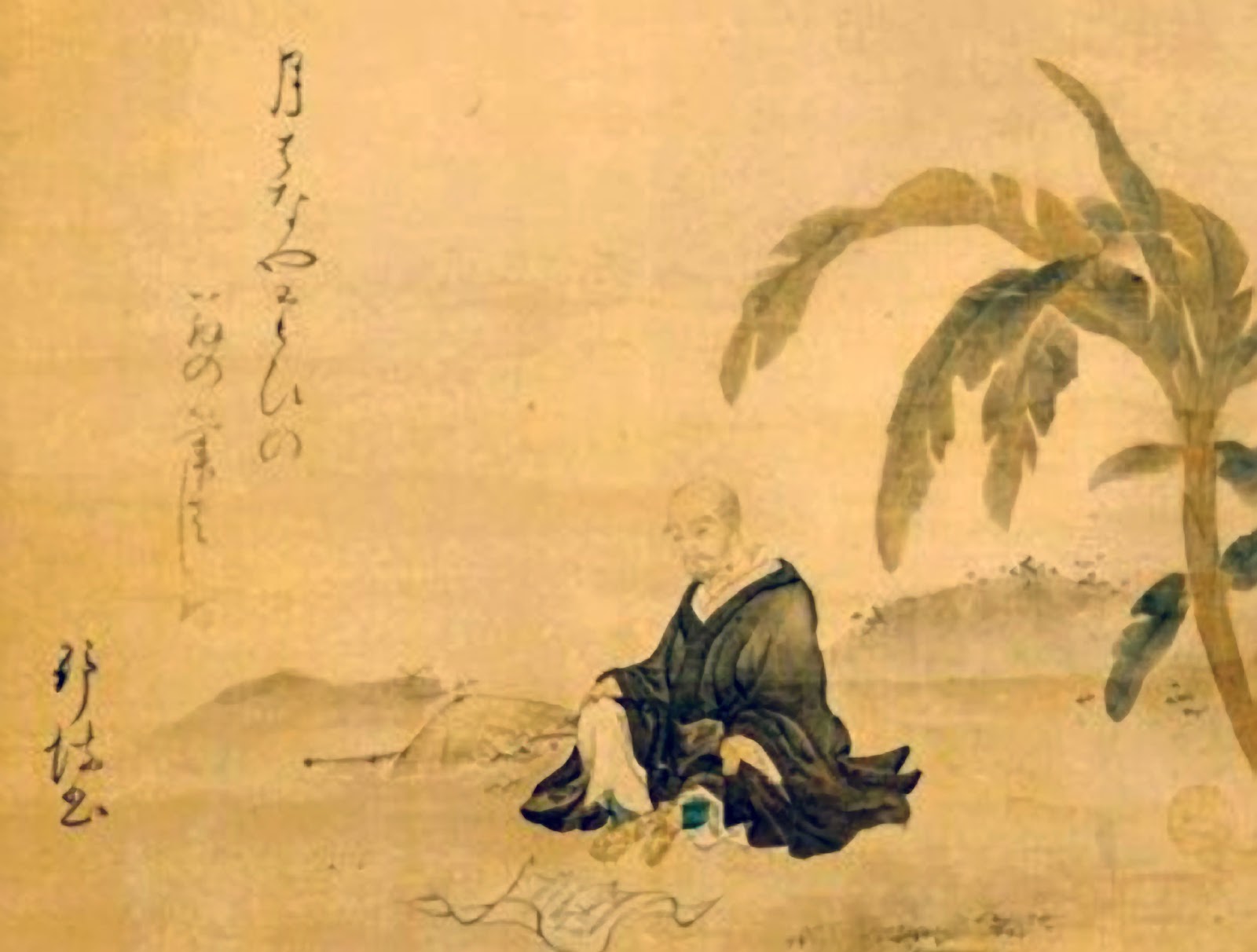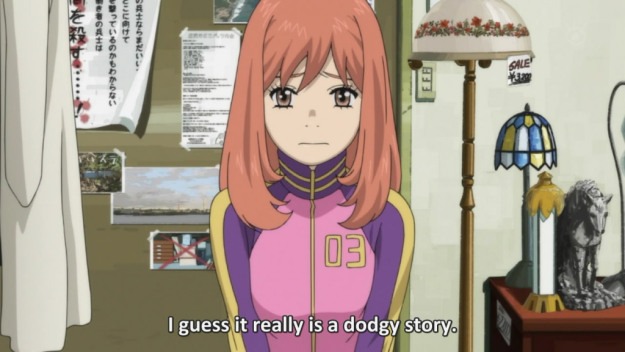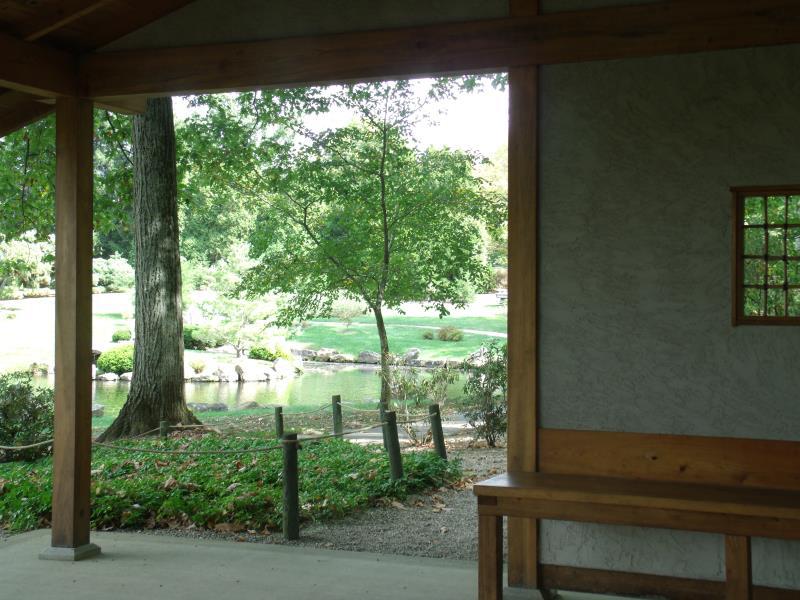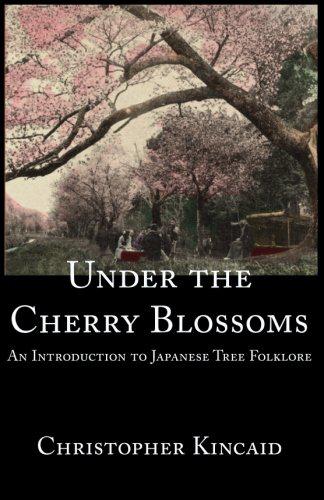
The sakura, or cherry tree, is Japan. The tree roots itself deep into Japanese culture. Anime fans are well aware of the symbols of the cherry blossom–how it represents the present, fleeting moment and springtime. However, these scenes from anime reach deep into Japanese literature, all the way back to the Heian period’s Tale of Genji and various folk stories.
The Tale of Genji, the world’s first novel, connects sakura blossoms with high art. The first written accounts of flower viewing parties sketch how the Heian elite spent their time politicking under cherry trees. It wasn’t until the Edo period that the rest of the populace began to enjoy their own cherry blossom viewing festivals. Part of this was because of the growing influence of the merchant class at the time. As merchants grew wealthier, the samurai class felt threatened and confiscated that wealth. They didn’t tax the urban class.
In response, the rich urban class burned their wealth on red-light districts, on geisha, and on public parks. They began to mimic the Heian period sakura viewing parties–only with more booze and rowdiness.
Each of Japan’s three classes of the time–samurai, urban, and farmer–had their own set of sakura stories. Each class reflected the concerns of the class. For example, the samurai focused on honor and family lineage, while the farming class focused on romance. Yes, people and trees fell in love. Or rather, the spirits of trees fell in love with humans.
Tree stories seem to be a bit of an odd topic. I stumbled across Japanese tree stories when I was researching for Come and Sleep: The Folklore of the Japanese Fox. One of the fox stories I found involved the fox turning into a tree to confuse people traveling through a forest. I thought it was a one-off story, but I soon discovered tree spirits could shapeshift too. Western tradition also has a long history of tree spirits, but those stories weren’t as well developed. However, they inspired many modern fantasy creatures such as nymphs and dryads and ents. In Japan, trees didn’t inspire other fantasy creatures, but they married, had children, and even walked. Not to mention, Japan’s association with cherry blossoms became a stereotype.
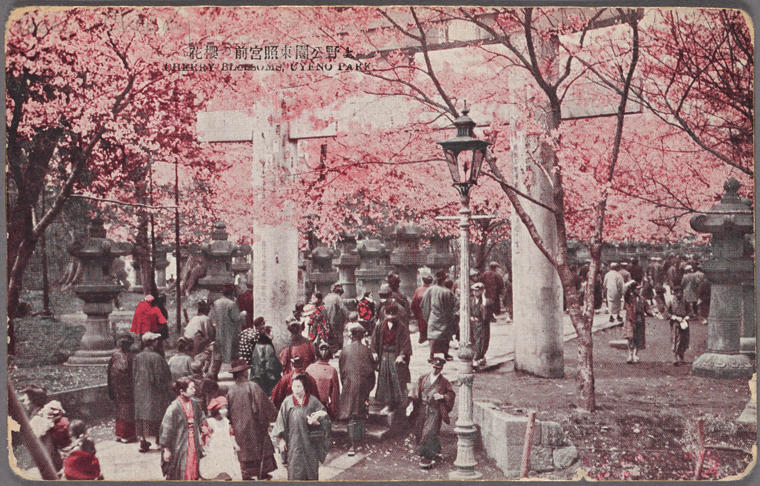
Old stories set the groundwork for stories we have today. In fact, we often see Hollywood and other studios retell them, but sadly, not everyone has access to these stories. Society results from the stories we tell ourselves. They reflect our concerns, which are little changed from past concerns despite the progress of technology. Human problems–social, economic, spiritual–remain the same throughout the ages. Old stories teach us lessons modern stories fail to do with their concern for profit and desire to avoid offending people. Old stories don’t worry about being politically correct and sledgehammer lessons we need to hear but find unsettling. Many stories, for example, take a firm stand against sex before marriage, which has become the norm in our society (of course, the stories focus on women keeping their chastity and not on the men). Research I’ve cited in other articles supports the idea of waiting until marriage, but it’s not a popular stance, nor does it sell.
Likewise, old tree stories speak about individual environmental responsibility. We often look at what government and industry can do, but fail to discuss how we need to change our habits. Tree folklore speaks about how individual habits can hurt the trees around a village, which eventually hurts the village too. But individual responsibility is often lost in our environmental discussions because many see such changes as infringing on their freedom of choice. As Edo period stories show, the consequences of irresponsibility leads to death of loved ones. Strange how stories from the 1600s can still be relevant to current environmental concerns, if on a smaller scale. They even touch on naysayers in the stories.
It’s interesting how centuries-old stories address the same concerns as today. We really haven’t changed all that much. If you want to learn more, check out Under the Cherry Blossoms and Come and Sleep. Both are available in paperback and on Kindle.
